Reconnections Game Design Document
1. Game Concept
Introduction
Background
Game Synopsis
Key Features
- Multiplayer visibility
- Cooperative task-solving without direct interaction
- The decision mode has real-time effects on the environment
- Educational game programmed by students within a high-impact practice framework
Platform
Concept Art
2. Game Mechanics
Core Gameplay
Game Flow
- Player
- Other players
- Babs
- Island characters
Gameplay Elements
- Grab and pull objects with the pointer
- Teleportation for locomotion
3. Interface
General interaction system flow chart
Functional requirements
Mockup screens
- Start Screen mockup
- In-game Menu mockup
4. Art, Video, and Sound
Overall goals
2D art
3D art and animation
3D sound
Cinematics
5. Story
Good ending
Mixed ending
Bad ending
6. Level overview
The Island
Beach Area
Forest Area
The Temple
Tasks
- Fish
- Land Bridge
- Dying Meadow
- Gateway
- Tidepool Bridge
- Lava River
- Temple
1. Game Concept
Introduction
Reconnections is a first-person educational game for learning featuring an adventure virtual reality (VR) experience played with four players at a time. The game prompts players to make individual, paired, and group decisions about the environment of a fictional island. The players can observe how their decisions affect the island environment and their ability to complete the gameplay.
Background
The purpose of the VR game Reconnections is to teach players the importance of responsible environmental stewardship and cooperative social connections. This VR game is part of the Multi-User Virtual Environment (MUVE) project led by the University of New Mexico which investigates whether immersion in educational VR can impact players’ attitudes about the environment and other humans.
As part of a research project, Reconnections will be the stimulus in an experiment conducted as an interrupted time-series study with approximately 200 participants. Four variables (social connectedness, empathy, overall wellbeing, and environmental awareness) will be measured before and after exposure to the game. The experiment will succeed if it shows that exposure to the game improves the outcomes measured by the identified variables.
The game idea was developed by Dr. Michael Lechuga (University of New Mexico), Dr. Kate Drazner Hoyt (Pacific Lutheran University), and Ph.D. student Shane Burrell (University of Oregon) based on research inspired by Indigenous feminist scholarship. The game prototype is being developed by the Extended Reality for Learning (xREAL) Lab with Information Technology Services at California State University, San Bernardino (CSUSB) led by Dr. Mihaela Popescu.
Reconnections will be produced on Unreal Engine 5 for the Oculus Quest 2 platform. A pre-alpha game prototype is currently under development for Unreal Engine 4.26.
Game Synopsis
Each of the four players required by Reconnections is spawned in a quadrant of a fictional island. A mythical guardian, Babs, invites each player to explore the island and find its inner sanctum. As each player navigates the island, they encounter tasks that could be solved in one of two ways: selfishly, to benefit the player, and selflessly, to benefit the environment. Selflessly completed tasks open up new levels that reveal additional information about the island and the presence of other players (although players can never interact with each other directly, but only through the traces each leave in the ecosystem). At level 1, tasks are completed individually. At level 2, tasks are completed in pairs, and at Level 3 tasks are completed by the entire group of four players. If the players succeed in completing the assigned tasks, they gain access to the level 4 of the game, the island's inner sanctum, and complete visibility over the island.
While players wait for others to complete their part of the task, they engage in educational mini-games with the island’s fantastic creatures, thus learning more about the island.
The players’ choices translate into subtle effects on how the players experience the environment, and the possibility of connecting with others to progress through the levels.
If players succeed in completing both individual, paired, and all-team tasks in a way that benefits the ecosystem, they are rewarded with a final, common experience in the island’s inner sanctum that allows them to observe the entire island and the traces that all of them had left on the environment.
Key Features
-
Multiplayer visibility
The four players will be visible to each other via the traces they leave on the environment in the form of colored petal trails. Each player has their own color. This form of player visibility creates a sense of player co-presence in the game without impeding a player’s actions.
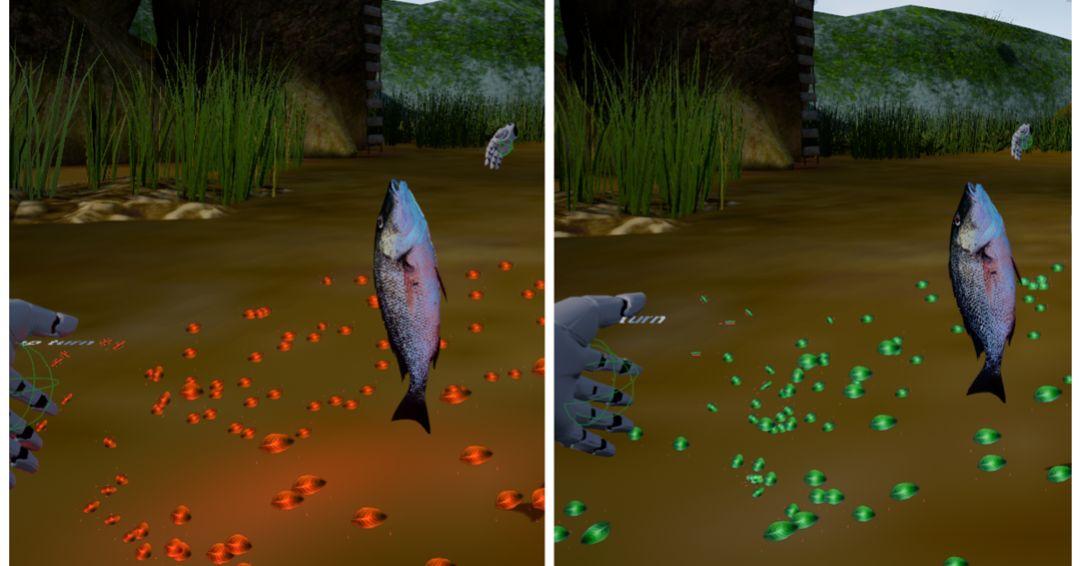
-
Cooperative task-solving without direct interaction
On levels 2 and 3, players have to solve tasks in pairs and as a group without interacting directly. Players may not advance to the next level unless they find a way to cooperate on the task. This aspect of the game adds challenge, while also teaching players the importance of establishing cooperative social connections.
-
The decision mode has real-time effects on the environment
As the players on the island make selfish or selfless decisions about how to interact with the ecosystem or with each other, the island environment reflects the morality of the decision. For example, if players continuously make selfish choices, then the island grays out progressively, turning from a vibrant island utopia into a dead and gray wasteland. This game feature teaches players about the long-term environmental consequences of their choices.
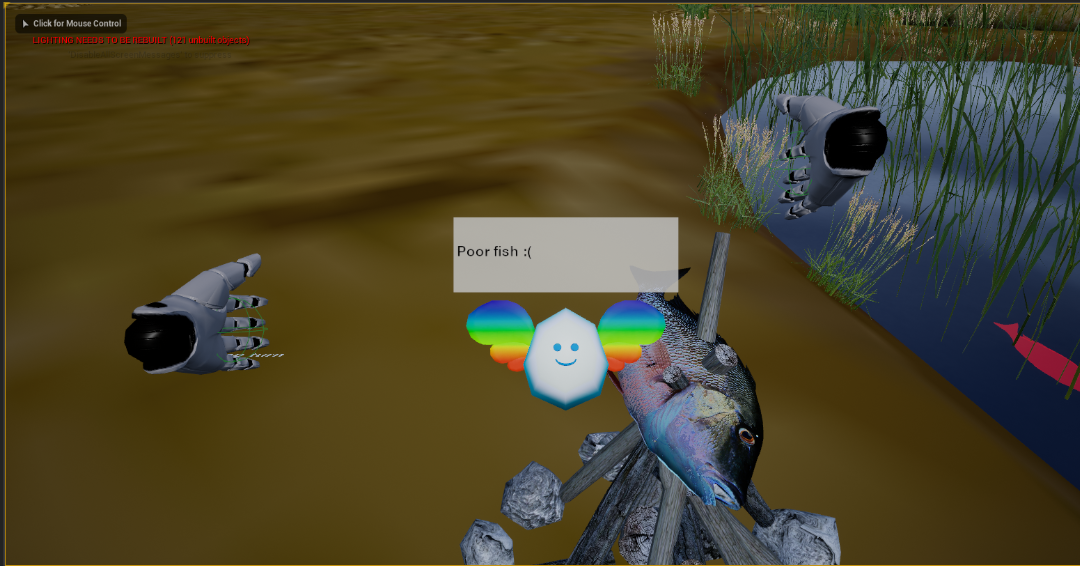
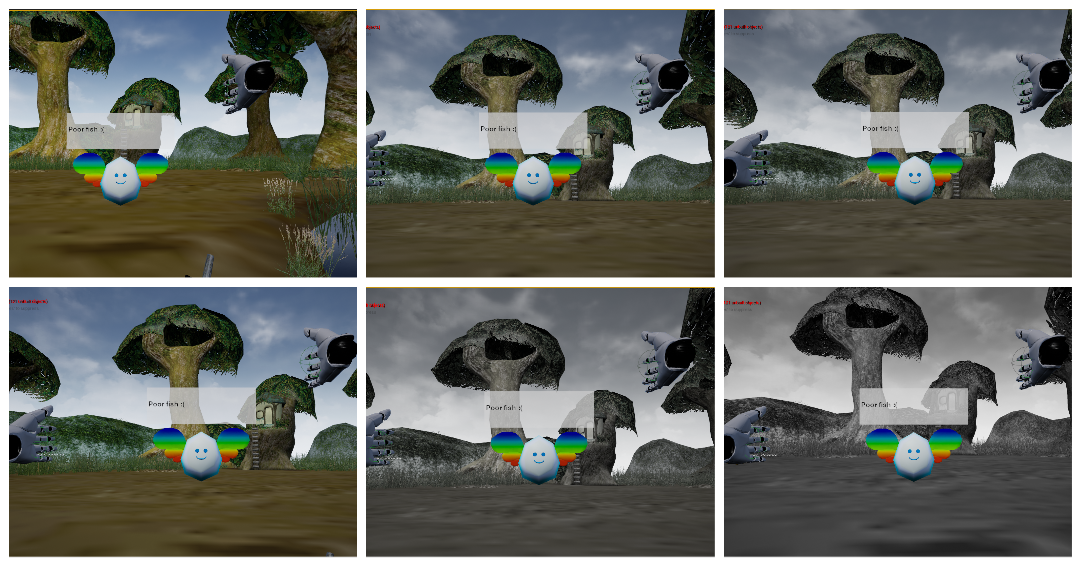
-
Educational game programmed by students within a high-impact practice framework
Game programming is done by undergraduate students at California State University, San Bernardino (CSUSB) hired by the Extended Reality for Learning (xREAL) Lab with Information Technology Services, under the supervision of an IT VR programmer. CSUSB is a Hispanic-serving, institution with more than 80% first-generation students. Working on Reconnection provides undergraduate students, particularly those underrepresented in the game industry, with hands-on learning experiences and high-impact learning practices proven to increase school retention and competitiveness on the job market and contribute to upward mobility.
Platform
The targeted platform is the Oculus Quest 2 VR headset.
Concept Art
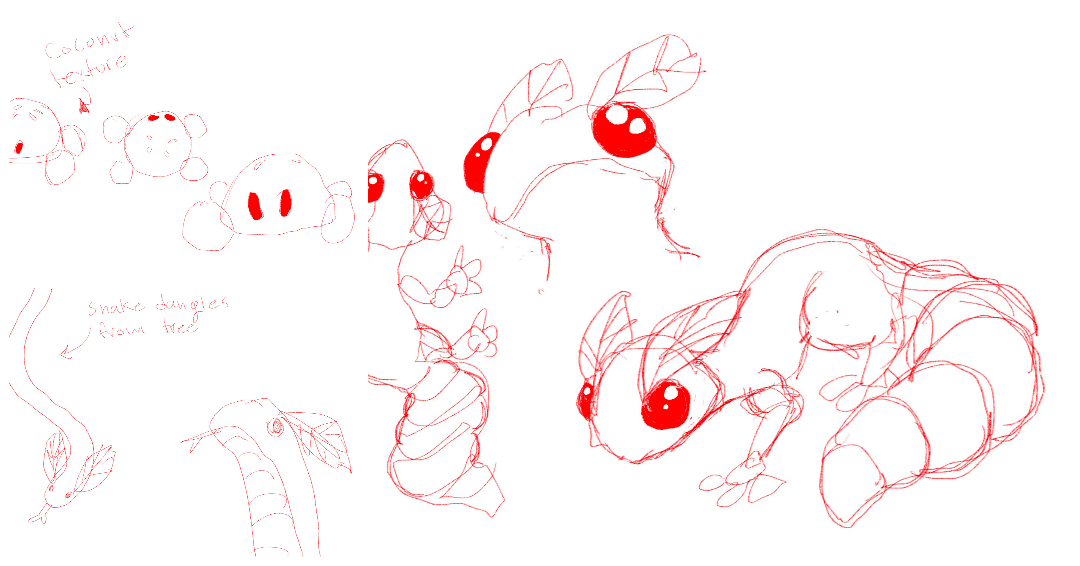
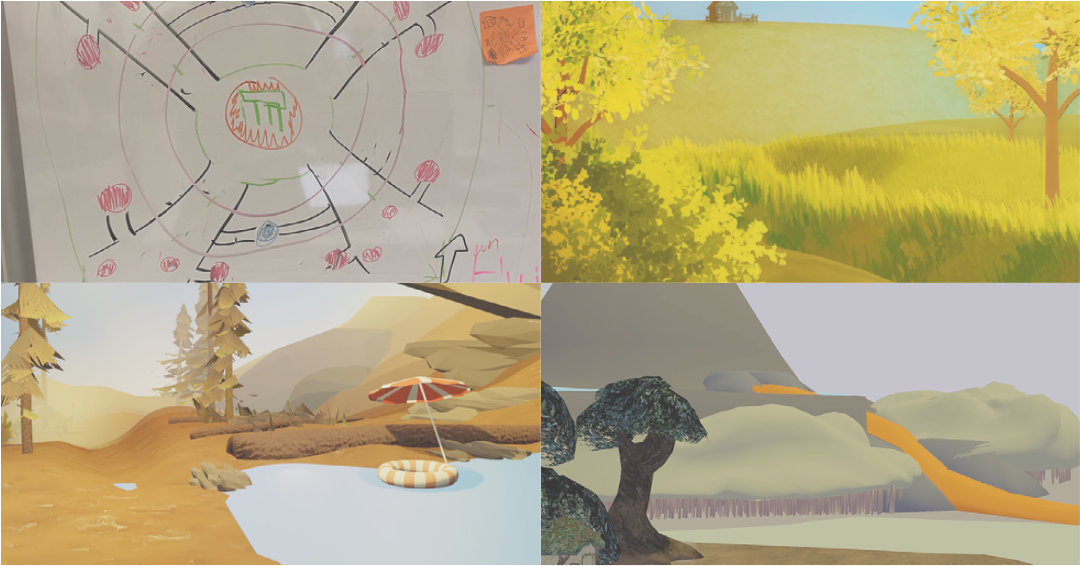
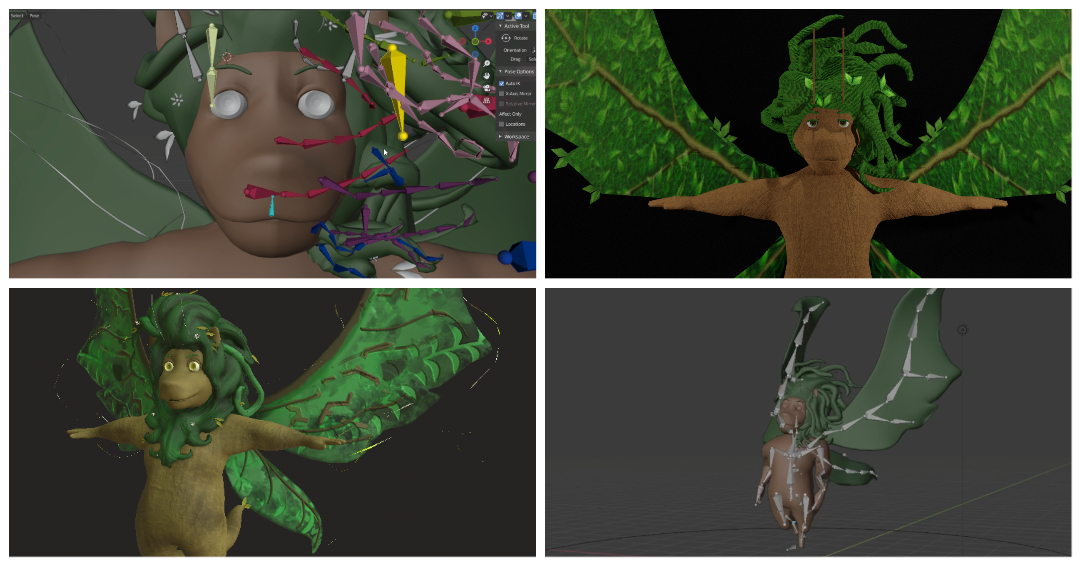
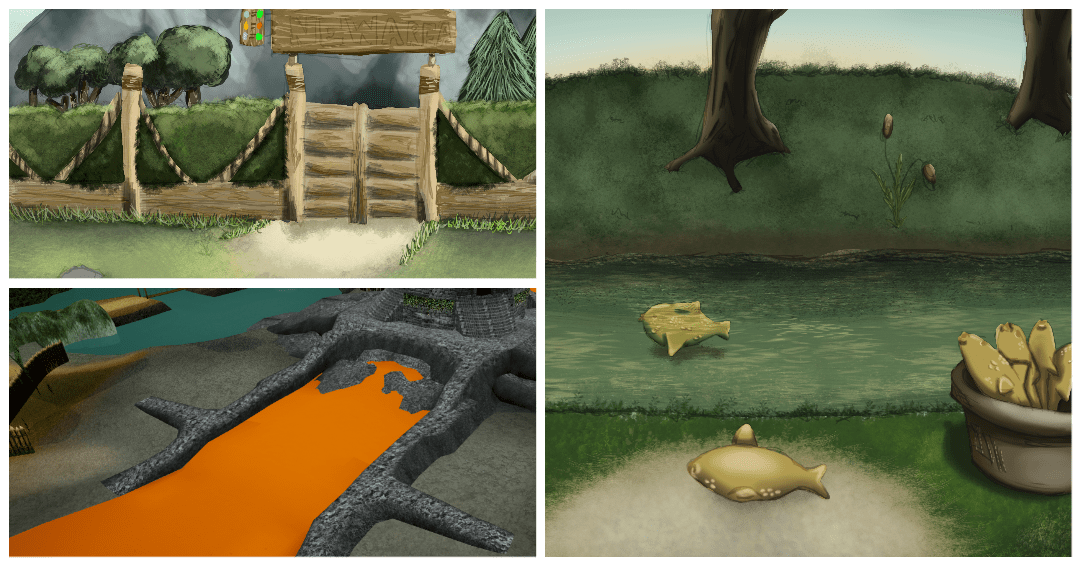
2. Game Mechanics
Core Gameplay
Game Flow
-
Player
-
Other players
-
Babs
-
Island characters
Gameplay Elements
-
Grab and pull objects with the pointer
-
Teleportation for locomotion
3. Interface
General interaction system flow chart
Functional requirements
Mockup screens
-
Start Screen mockup
-
In-game Menu mockup
4. Art, Video, and Sound
Overall goals
2D art
3D art and animation
3D sound
Cinematics
5. Story
Good ending
Mixed ending
Bad ending
6. Level overview
The Island
Beach Area
Forest Area
The Temple
Tasks
-
Fish
-
Land Bridge
-
Dying Meadow
-
Gateway
-
Tidepool Bridge
-
Lava River
-
Temple